In the animal kingdom, creatures big and small use their teeth to break down food and defend themselves. But what happens when an animal doesn’t have teeth? What do they use instead? Check out these 16 toothless animals and discover what they use for feeding and defense.
Caterpillars

Caterpillars have strong mandibles that cut and grind food.
©W. de Vries/Shutterstock.com
Caterpillars don’t have teeth in the traditional sense, but they do have specialized mouth parts that perform similarly to teeth. A strong mandible cuts and grinds up food, working in a scissor-like manner to slice through leaves, making them easy to digest. Butterflies also do not have teeth.
Toads

True toads do not have teeth. They use their tongues to capture prey and swallow them whole.
©Laura Ojalvo Ortega/Shutterstock.com
While frogs have small, pointed teeth, true toads from the Bufonidae family lack teeth. Toads from this family have long, sticky tongues they use to capture their prey and then swallow them whole, usually still alive. They do not discriminate; larger toads will swallow anything they can fit down their throats, including birds, snakes, and even other frogs.
Birds
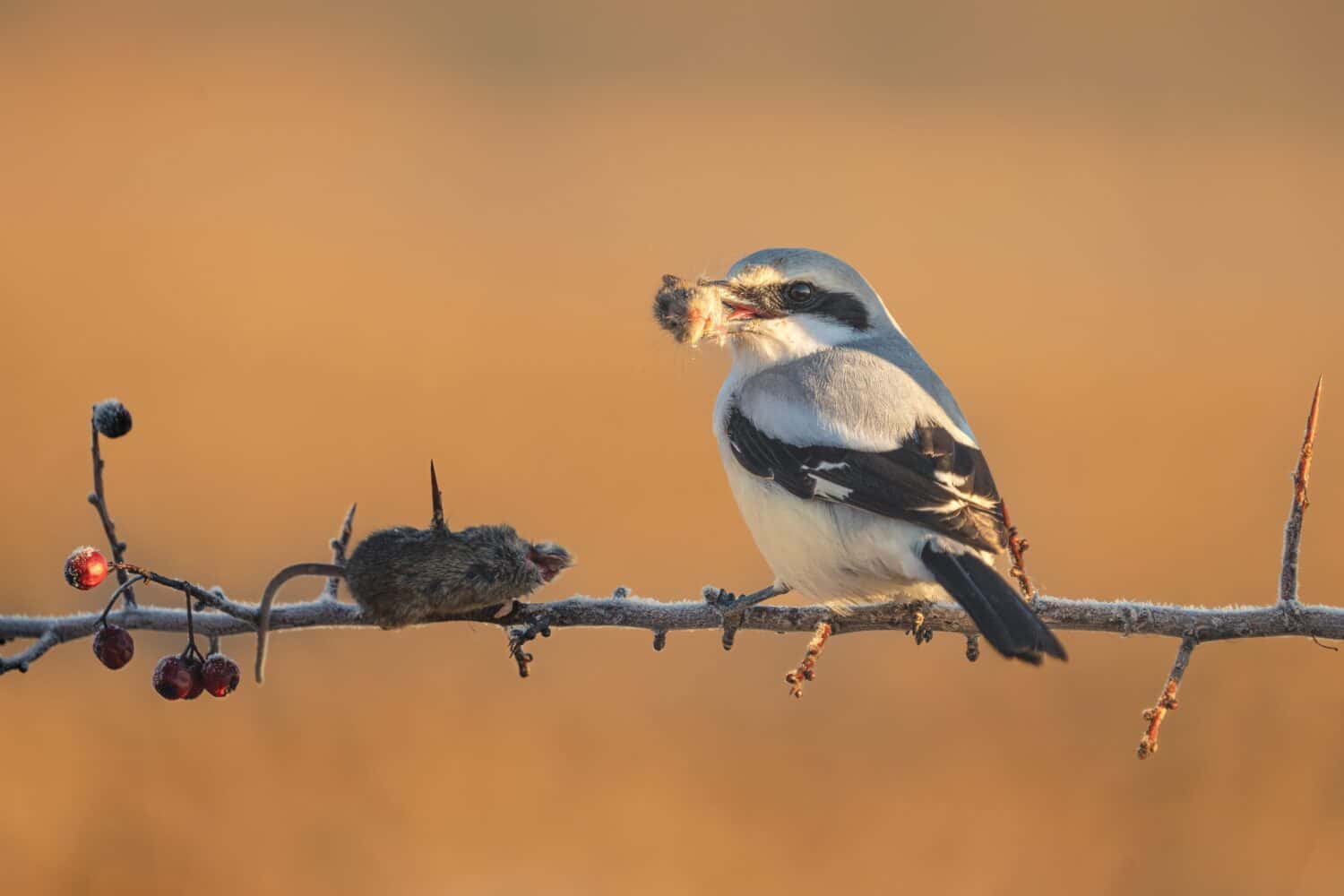
Birds have ridges on their beaks to hold onto slippery prey.
©Dronenation/Shutterstock.com
If you’ve ever seen inside a bird’s beak, you may notice they have no teeth. Birds have ridges on their bills that can help them grip their food, which is necessary when diving into the water to catch slippery fish. They swallow food whole and their gizzard, a stomach muscle, grinds it up for digestion.
Seahorses
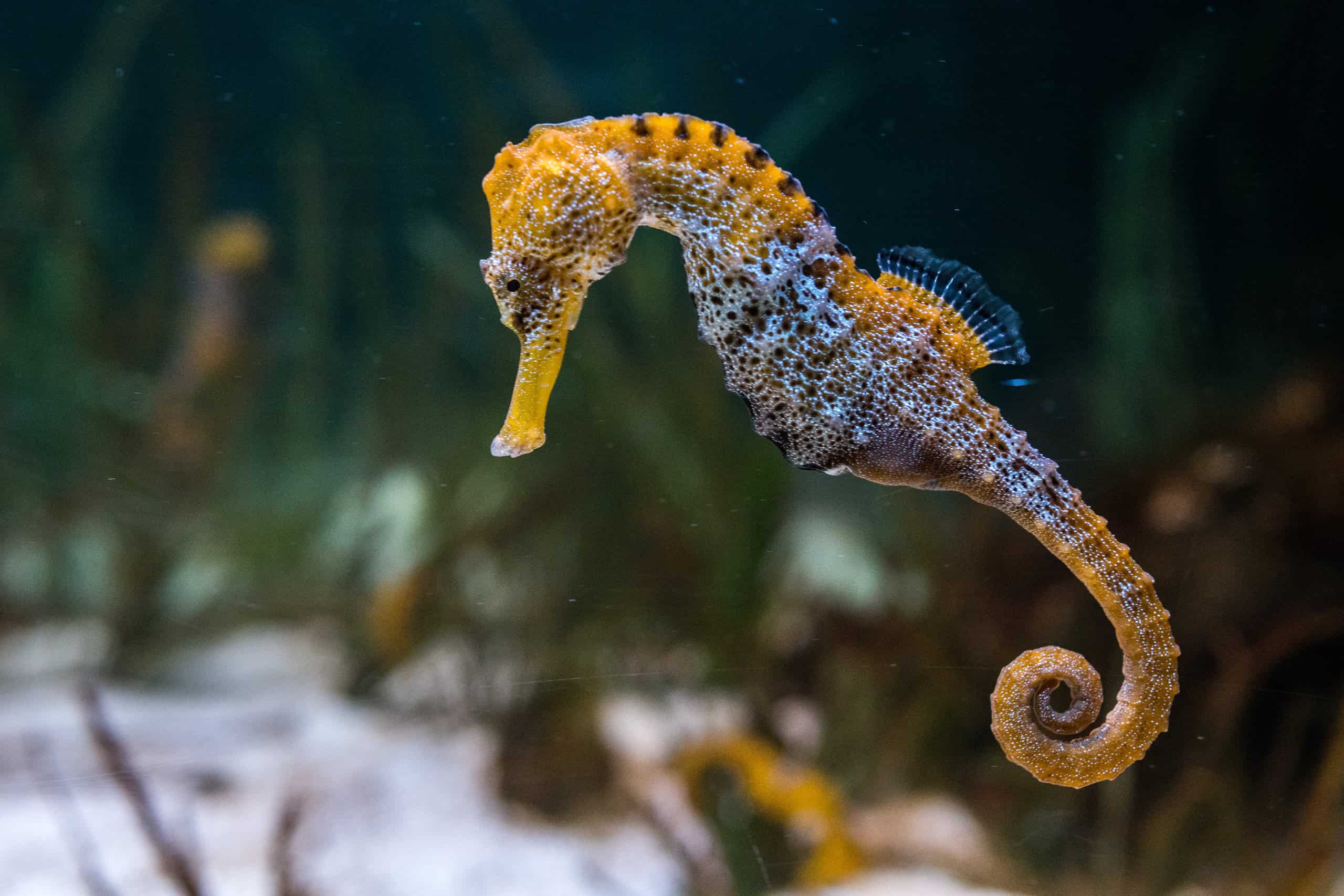
Seahorses have tube snouts that act like vacuums.
©Marcos del Mazo/Shutterstock.com
Not only do seahorses not have teeth, but they also don’t have stomachs. Seahorses have tube snouts that act like vacuums, sucking up hundreds of tiny organisms all day. Caught food travels down the digestive tube. Because they don’t have a true stomach, these creatures must eat all day to replenish their nutrients.
Worms

These tube-like creatures have strong and muscular mouths and a lip-like extension.
©Rattiya Thongdumhyu/Shutterstock.com
Worms are another toothless animal. These tube-like creatures have strong and muscular mouths and a lip-like extension that directs food into the mouth. The worm’s muscular throat grabs the food, coats it in saliva, and pushes it into the esophagus. Worms feed on decaying vegetation, dead animals, and even some living organism.
Scorpions

Scorpions use a small chelicera, or claw-like structure, to pull parts off of animals.
©iStock.com/Dwi Yulianto
Scorpions are unique toothless creatures. They have tiny mouths only big enough to suck up liquid. Scorpions use a small chelicera, or claw-like structure, that ejects from the mouth and pulls parts off of animals. The pieces they pull off are bathed in enzymes, effectively dissolving the prey for easy liquid consumption. They also have two ventral combs that act as elaborate tongues, sweeping the ground to identify female pheromones.
Echidnas

Echidnas use their long, sticky tongues to consume worms, ants, and larvae.
©Wayne Butterworth/Shutterstock.com
Roaming forests, woodlands, and grasslands in Australia, the echidnas searches the ground for insect larvae, worms, and ants to consume. These toothless mammals have long, sticky tongues, about 15 centimeters long, which they use to slurp up their preferred meals. Lacking teeth, these animals grind their food between their tongue and the roof of their mouth.
Octopuses

Octopuses have sharp beaks with tongue-like organs covered in small spines.
©iStock.com/:TheSP4N1SH
The octopus is a sea creature that lacks teeth. However, it features sturdy mouth parts to help it capture and break down food. A large beak sits at the center of its mouth, similar to a bird’s beak. These sharp beaks help the octopus break open clams and lobster shells so it can consume the insides. Inside the beak is a “tongue” covered in tiny sharp spines, which aids in grasping prey and retracting into the throat.
Platypuses
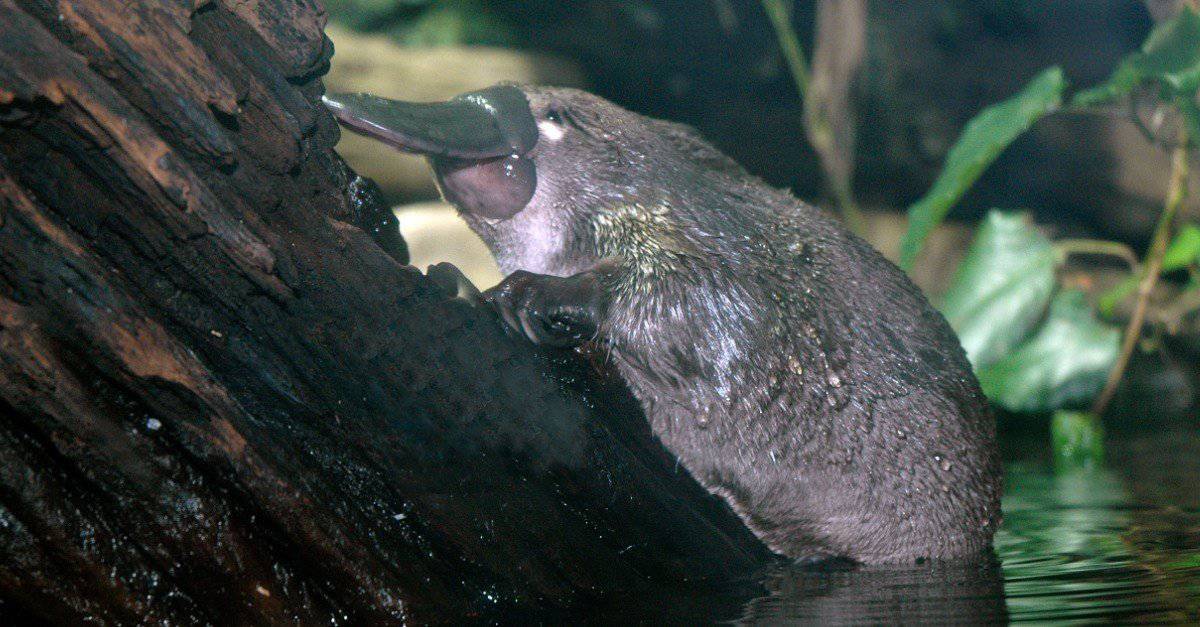
The platypus stores its food inside a cheek pouch.
©iStock.com/Michel VIARD
These rare and unusual-looking creatures lack teeth and have a unique way of consuming and digesting food. Inside the bill of a platypus is flat pads of hard gum tissue that allows them to mash their food. The platypus stores its food inside a cheek pouch when under the water. To finish consuming, it surfaces, mixes the food with bits of gravel, and swallows it.
Whale Sharks

These vestigial teeth once served a purpose to the whale shark, but now it does not need them.
©Fata Morgana by Andrew Marriott/Shutterstock.com
Technically, whale sharks do have teeth, they’re just so small you can’t see them, and they are not used for feeding. These vestigial teeth once served a purpose to the animal, but over time the whale shark evolved to not need them. Whale shark are filter feeders, meaning they gather large amounts of tiny organisms just by opening their vast mouths.
Spiders
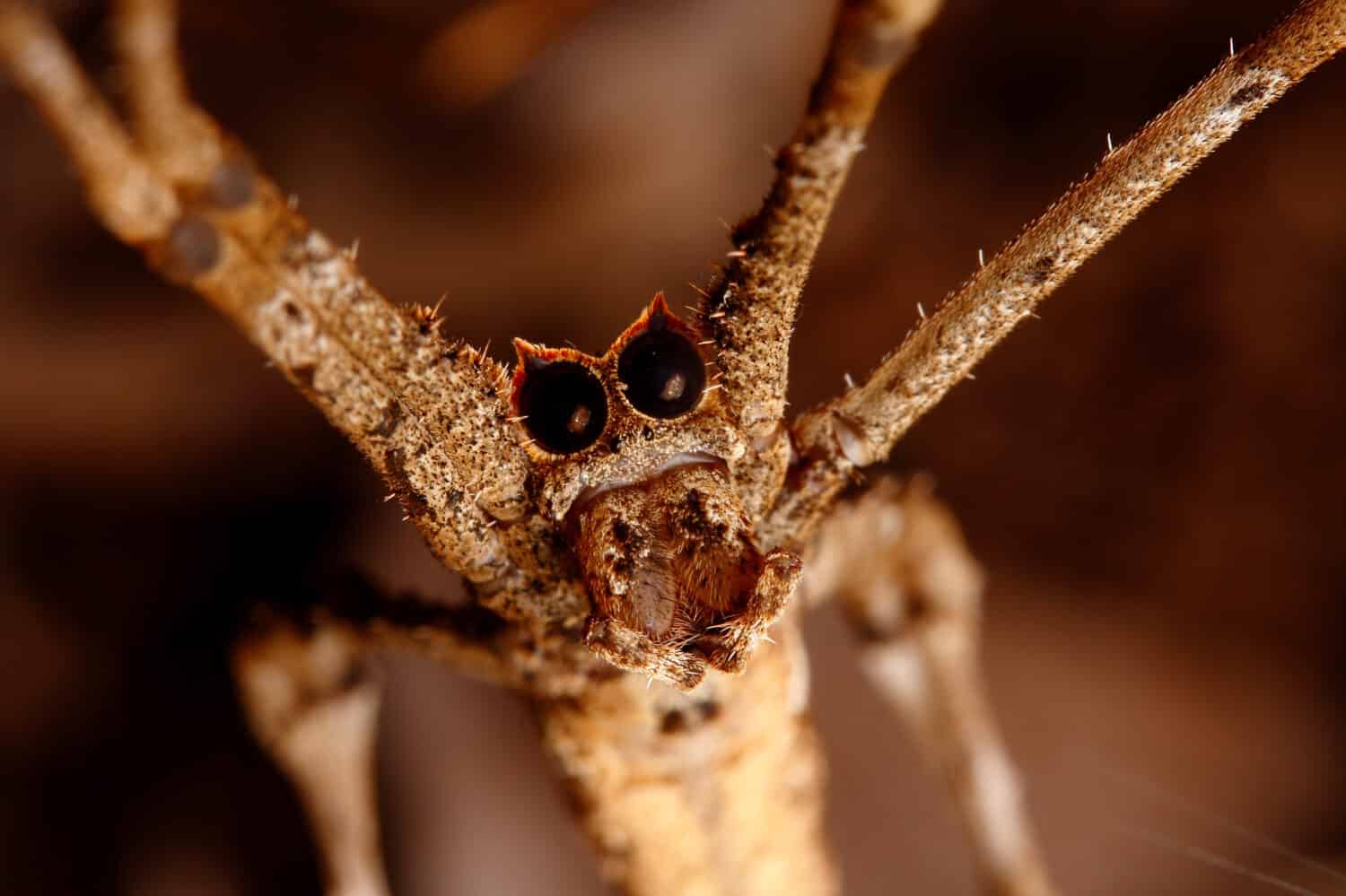
Spiders regurgitate digestive juices to liquify their prey.
©Ondrej Michalek/Shutterstock.com
Despite the term “spider bite,” spiders technically don’t have teeth. Instead, they possess a pair of jointed jaws near their mouth that can inject venom into their prey. Because they have no way of chewing their prey or swallowing solid food, spiders regurgitate digestive juices to liquify it before consuming.
Pangolins
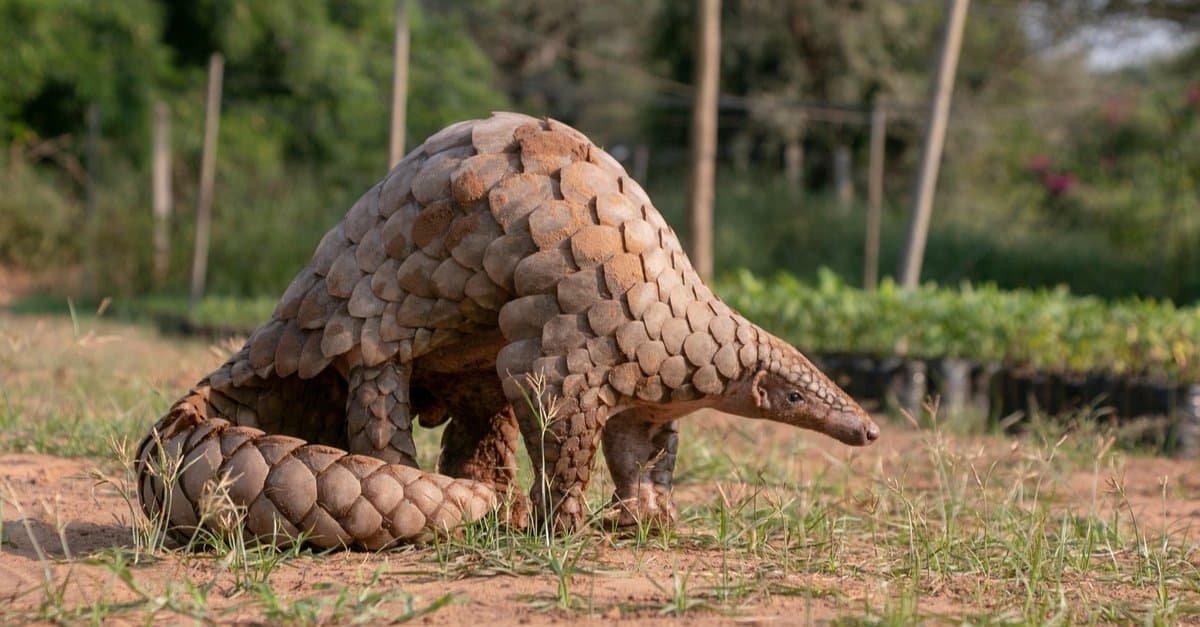
Pangolins use sticky tongues to suck up food, similar to anteaters.
©Vickey Chauhan/Shutterstock.com
Like anteaters, pangolins have no teeth and must use their sticky tongues to suck up food, like termites, ants, and larvae. Their tongues are so long that they can sometimes reach longer than the length of their body. Because they lack teeth to grind up food, pangolins eat small rocks to sit in their gizzards and help digest food.
Turtles
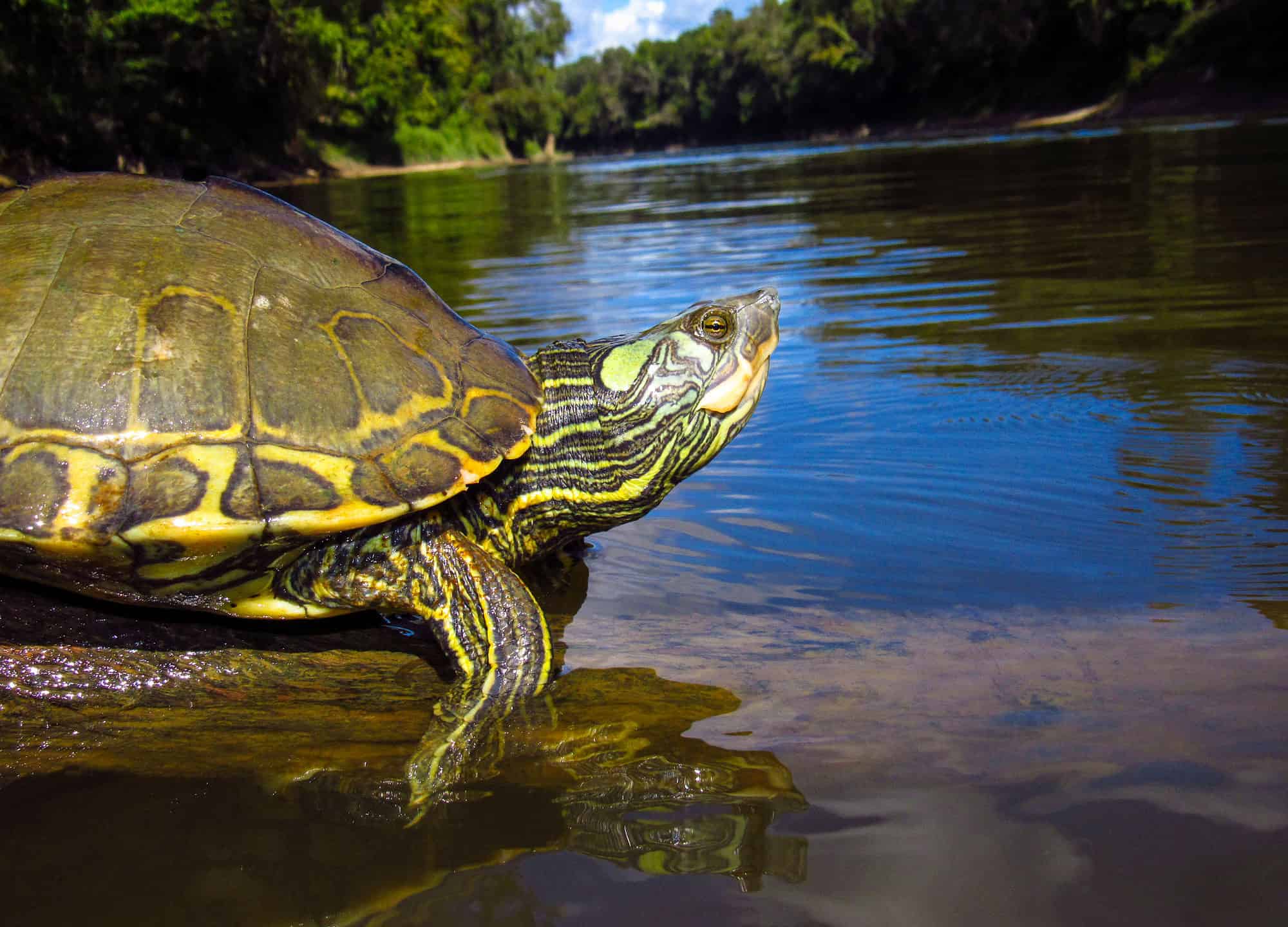
The turtle has strong jaw muscles and a beak.
©Gabbie Berry/Shutterstock.com
Turtles and tortoises don’t have any teeth. Instead, they have strong jaw muscles and odd bird-like beaks that help them crush the shells of crabs, clams, and sea urchins. In fact, the shape of a turtle’s beak can tell researchers the type of food it eats. Despite their lack of teeth, turtles (snapping turtles, specifically) have a powerful bite force strong enough to snap off a human finger.
Baleen Whales
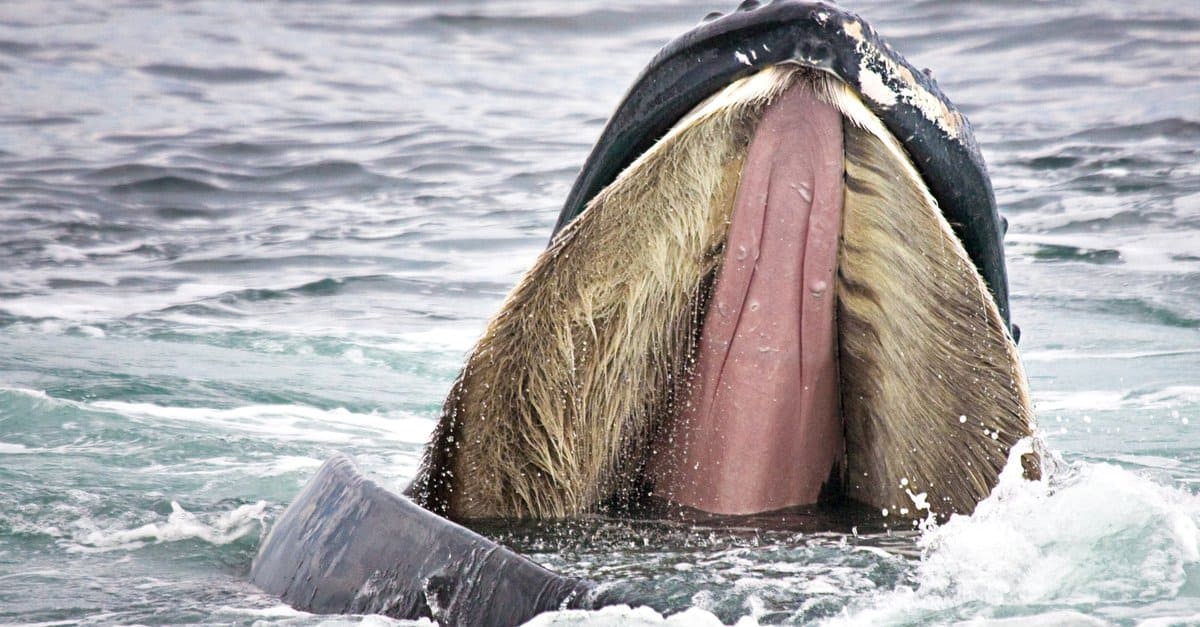
Baleen whales are any whales that do not possess teeth, such as blue whales.
©John Tunney/Shutterstock.com
The baleen whale’s mouth is a sight to behold. These marine animals have no teeth but possess plates with bristles that act like a comb. Baleen whales do not need teeth, as they use their comb-like bristles to capture krill, plankton, and other small fish. Technically, baleen whales are filter feeders. Baleen whales are any whales that do not possess teeth, such as blue whales.
Anteaters

Anteaters use their giant tongues to consume 35,000 termites per day.
©esdeem/Shutterstock.com
Giant anteaters consume 35,000 termites and eat each day. But they don’t do this by chewing their food. Instead, they use their long sticky tongues that protrude from their elongated and narrow heads to lap up their prey. To keep up with their significant diet, anteaters can flick their tongue in and out 160 times per minute.
Bees
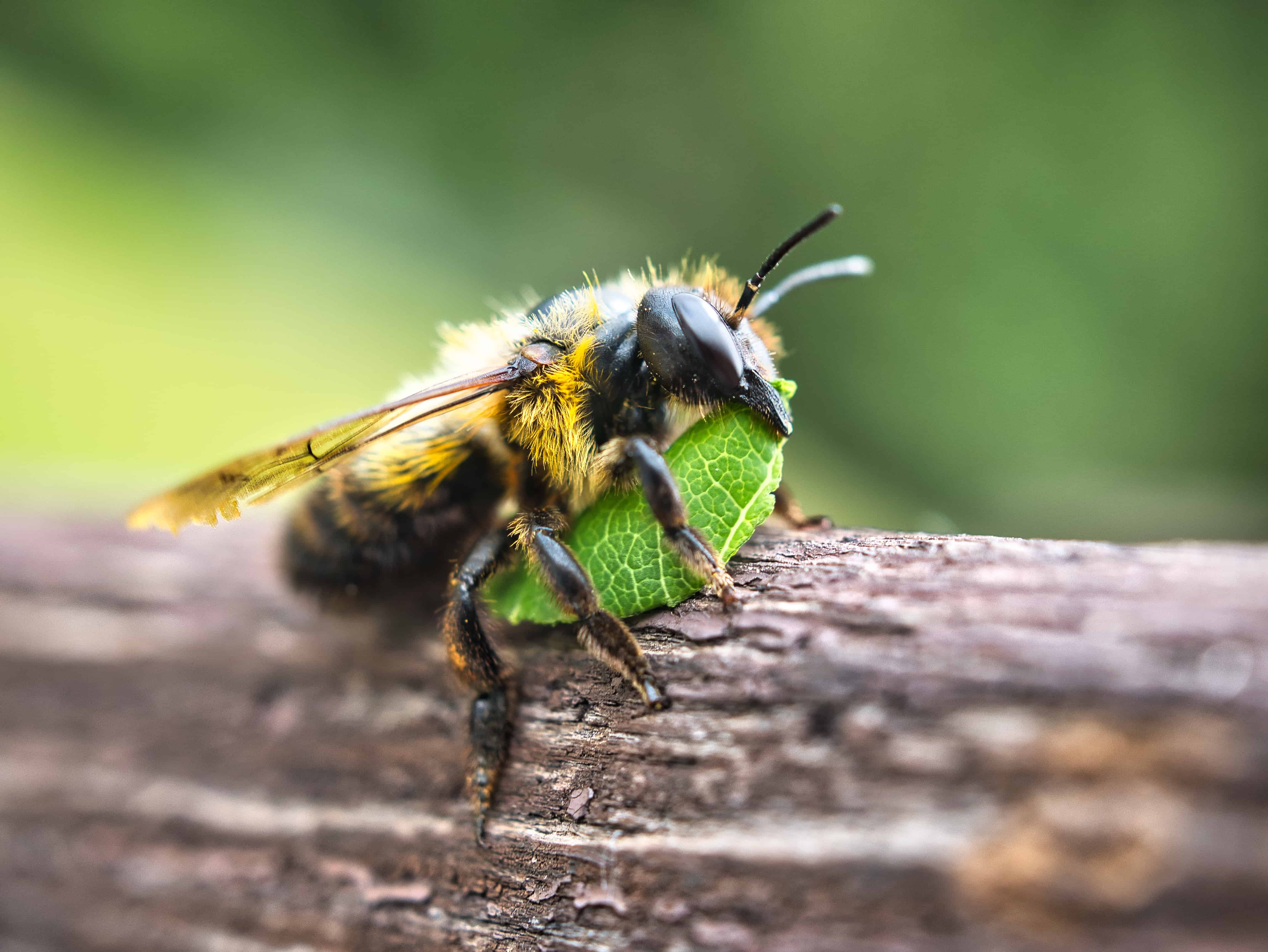
A bee’s mandibles, or jaws, feature extended rounded points.
©Maurice Lesca/Shutterstock.com
While bees are certainly toothless animals, these buzzing critters have “toothed” mandibles. A bee’s mandibles, or jaws, feature rounded points and are actually extensions of the mandible itself. Their jaws move in a sideways motion and serve several purposes, such as feeding larvae, comb building, and even self-defense. Adult bees feed on nectar and pollen. The nectar provides energy, while the pollen ensures protein.
A Summary of the 16 Toothless Animals
| Number | Toothless Animals |
|---|---|
| #1 | Caterpillars |
| #2 | Toads |
| #3 | Birds |
| #4 | Seahorses |
| #5 | Worms |
| #6 | Scorpions |
| #7 | Echidnas |
| #8 | Octopuses |
| #9 | Platypuses |
| #10 | Whale Sharks |
| #11 | Spiders |
| #12 | Pangolins |
| #13 | Turtles |
| #14 | Baleen Whales |
| #15 | Anteaters |
| #16 | Bees |
The photo featured at the top of this post is © Sista Vongjintanaruks/Shutterstock.com
Thank you for reading! Have some feedback for us? Contact the AZ Animals editorial team.






